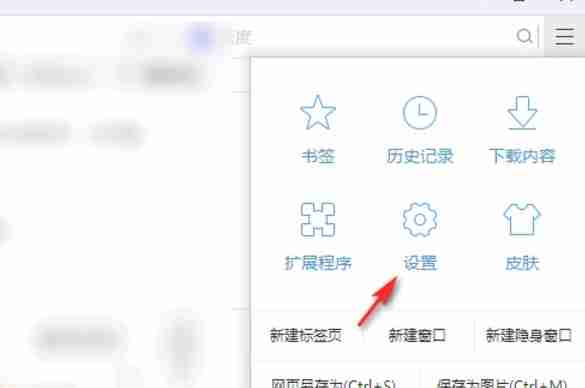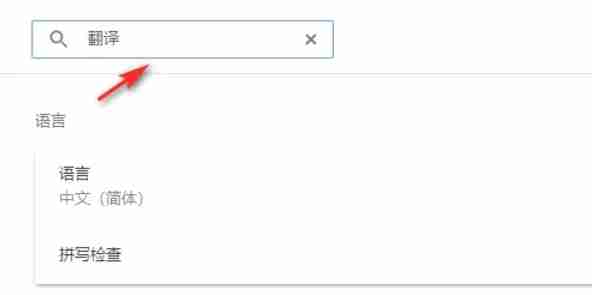This guide provides a streamlined approach to using Google Chrome's built-in translation features. Mastering these steps will eliminate language barriers and enhance your multilingual web browsing experience.
Step 1: Accessing the Menu
Locate and click the Chrome menu button in the upper right-hand corner. This is typically represented by three vertical dots or three horizontal lines.

Step 2: Opening Settings
From the dropdown menu, select "Settings." This will open Chrome's settings page.

Step 3: Locating Translation Settings
Use the search bar at the top of the Settings page. Enter "Translate" or "Languages" to quickly find the relevant settings.

Step 4: Accessing Language Settings
Click on the "Languages" or "Translate" option that appears in the search results.
Step 5: Managing Languages
In the Language settings, you'll find a list of supported languages. You can add new languages, remove existing ones, or adjust their order of preference.

Step 6: Enabling Automatic Translation
Crucially, ensure that the option "Offer to translate pages that aren't in a language you read" is enabled. This will prompt Chrome to automatically offer translation for pages in languages other than your default.
By following these steps, you can leverage Google Chrome's powerful translation capabilities for a seamless and efficient multilingual browsing experience.















